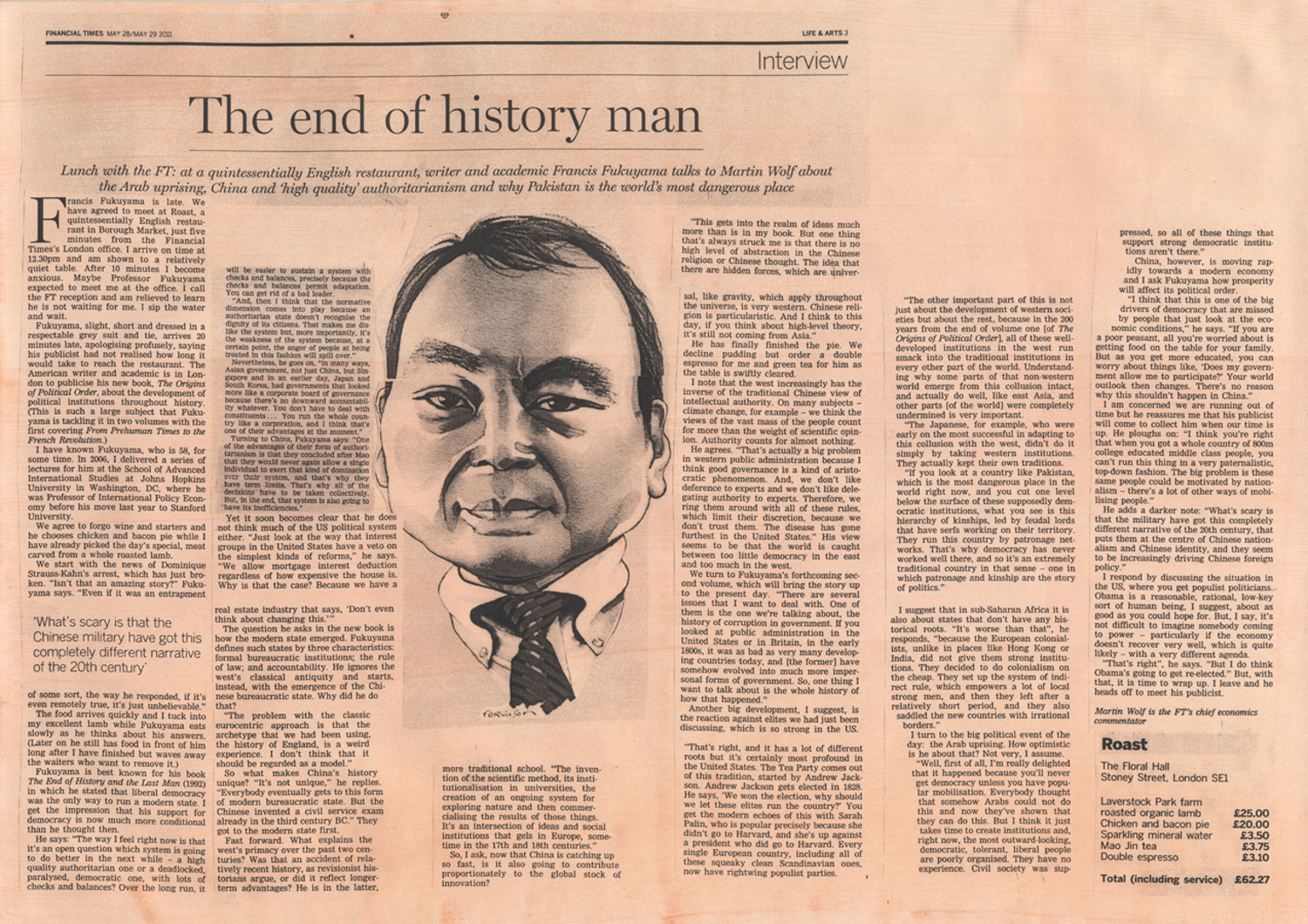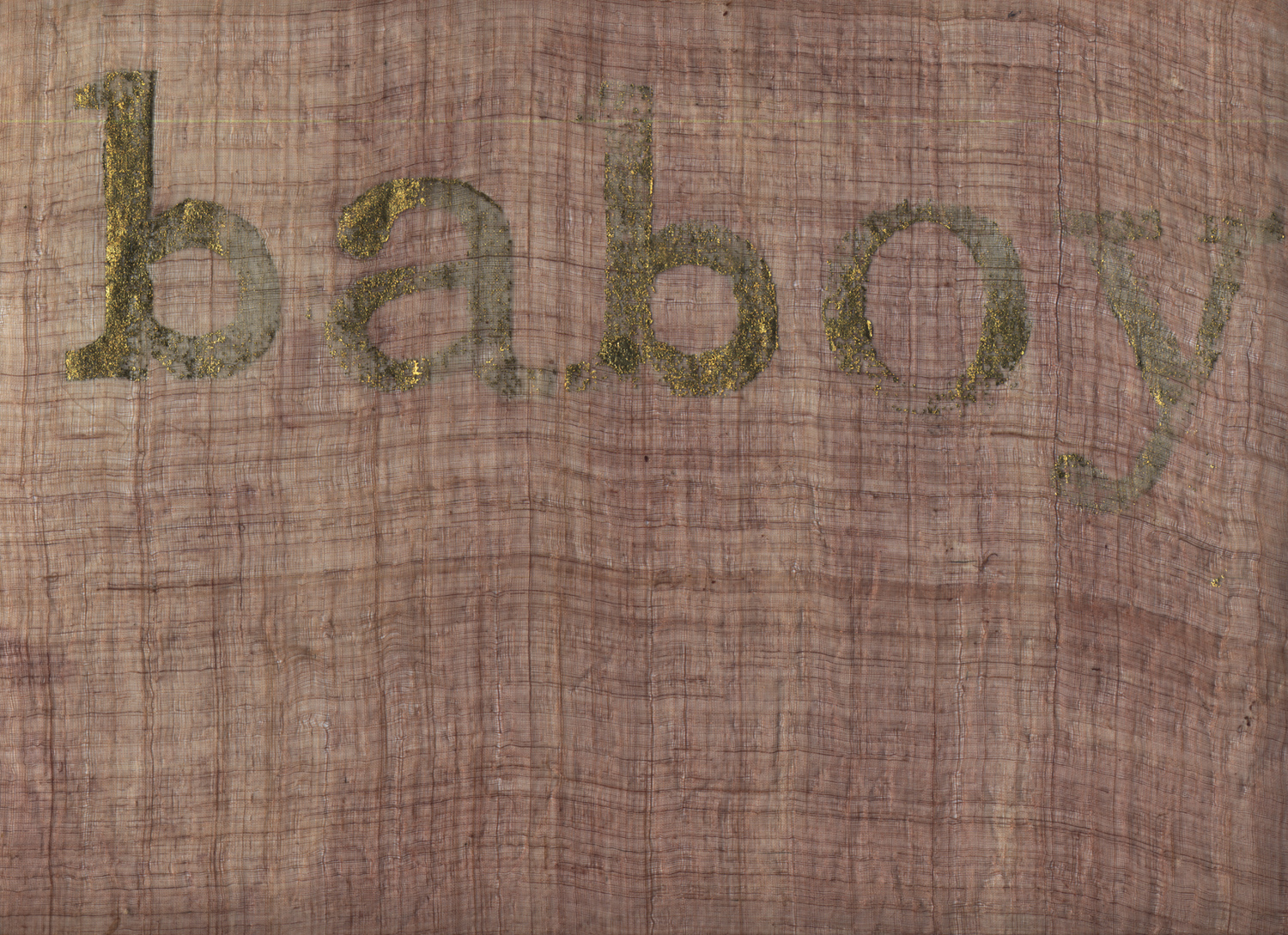Working Artists Group (W.A.G.)— 02.25.2021
In November 2012, Papaya participated in the Kunstvlaai Festival of Independents. Titled “INexactly THIS”, that year’s edition of Kunstvlaai attempted to address “the future potential of autonomous practice, arts education, and self-organization in the arts” in response to an increasingly precarious economic and political climate. As such, the festival invited and featured Papaya alongside other artist-run spaces, self-organized platforms, as well as art schools from across the Netherlands and abroad. The texts below include the prescient and pertinent opening paragraph from Natasha Ginwala and Fleur van Muiswinkel’s curatorial statement for the festival followed by the proposal for the Working Artists Group (W.A.G.), the project Papaya presented, curated by Papaya co-founder Donna Miranda, which featured artists Buen Calubayan, Enzo Camacho and Amy Lien, Sandra Palomar, and Angelo V. Suarez.
We are living through an inexact time — one that does not bring forth straightforward answers. While the impact of social resistances, right-wing governments, and capitalist meltdown is apparent in the everyday, the long-term consequences are still to unfold. Can we form a bigger picture that marks this very particular, transitional period? Art is a mechanism to “make sense” of the present, while also proposing possible futures through speculative thinking, gestural readings, and even provocations. Its hybrity of forms enables us to generate the bigger picture — one that is partial and subjective, yet addresses the common urgencies before us.
—Natasha Ginwala and Fleur van Muiswinkel
The emergence of independent initiatives as response to the dominant structures in the art institution is typically attributed either to the general mistrust in the establishment, feelings of disenfranchisement from the art economy, discontent over the existing order, or the optimistic entrepreneurial drive common to a younger generation of practitioners whose practice and taste can often only participate in the social production of culture by way of self-organized and self-promotional endeavors. Either way through time, these initiatives, or at least those that manage to survive beyond the 2-3 or 4-year shelf life, are often confronted with the question of sustainability — how should such impetus manage to sustain itself and effect more tangible contributions to the field either in proposing innovative (art) managerial strategies to be applied in communities where a formal culture sector is unheard of or through methodological innovations that both challenge and enrich the realm of knowledge production in art.
The appeal of independence or initiatives that assert independence or initiatives striving for an aesthetics of independence lie in the very nature of them being transitory, fleeting, unstable, temporary, and hence, rebellious. While such an attitude appeals to the instability of the present, a future that is perceived to be 'better than now' or should we say, will be 'better than now' and eventually sustainable is contemporaneously implicated. Reason why the threat to survival and continuation, arising to motivations of being sustainable — living beyond today — always figure in any kind of practice framed within the/as independent. The paradox thus emerges — to be independent one needs to be sustainable, sufficient, and self-regulatory and yet in order to do so one needs to rely on institutions other than the self which shall cause one to (not really) be independent. What other compelling observations can be made from here but that there is after all a network interdependency that is necessary to maintain the independence of the independents. Is then that the only way to be sustainable is to actually not be independent?
Having established itself as more or less a stable independent platform or platform of independence in Manila and the Philippines, with its track record of fiscal hand-to-mouth resilience and diplomatic endurance, Green Papaya stands witness to the complexity of what it means to thrive independently DIY-style. Thriving well-beyond the typical life expectancy of other alternative spaces in Manila, virtually functioning as an institution by and for which both local and international passing-through independents engage with/in, are presented, produced, and organized. Of many other alternative spaces emerging from the social and economic context of the country, it distinguishes itself perhaps as one of the more unorthodox of spaces managing to assert some sense of autonomy while still also actively collaborating with varied institutions, be they private or public or personal in order to guarantee its continuation. Whether it has achieved being sustainable financially and bureaucratically is still uncertain. But what seems rather obvious is, now on it's 12th year, with still pretty much a steady stream of activities and position in the art economy, that it must have a fairly reasonable grasp of the complex interaction of interdependency, more or less.
Working Artists Group (W.A.G) is an invitation for reflecting on conditions of subsistence and participation in the art economy. An activity that necessitates a certain amount of complicity to what are otherwise conflicting structures that support an artist's practice vs. those that provide a livelihood. Often pitted against each other — as in how common have we heard statements like "This is just temporary, this is not my real job," or "It's just a job," or variations of "I'm only working here to sustain my artistic interests" — such that more rare than usual is how the conditions of production in art are left unaccounted for, if not thought irrelevant; even if it is the participation in non-artistic employment that allows an artist to become an artist or produce a work (of art). In the interest of staying relevant to the grammar of producing in this time of post-capitalist societies, shouldn't these conditions and means of production, material, and economic coordinates that facilitate production be taken into consideration? For is not an artist's very participation in non-artistic employment that allows an artist to become an artist or produce work? And hence, rendering their participation in non-artistic work as, in fact, nothing else but artistic work?
As our response to the invitation to participate in Kunstvlaai Festival: In/exact - Festival of Independents, Green Papaya would like to put together a group of Filipino artists whose work and practice examines the material and economic coordinates that sustain their (artistic) work and livelihood and framing them as artistic work. These artists, from varied fields of artistic practice, but sharing common materialist concerns, are all employed in the formal economy in areas that are either nearly creative to those that are purely administrative and bureaucratic. Responding to the theme of in/dependence, subsistence, and participation in the art economy, what is expected from them are discursive proposals and responses that demonstrate how they materially negotiate and navigate the exigencies of having to work while also producing work. This response hopes to analyze how labor is organized and defined in the art, unpacking notions and conditions of work and scoping the relevant position of artists in the economy, at large.
Donna Miranda
2012
Donna Miranda is a choreographer living and working in the Philippines. Miranda relocates choreography from the site of the individual body to that of collective political actions. She works as a freelance consultant for international development organizations concerning gender justice, public health and disaster risk reduction. She also does volunteer work as co-convenor for SAKA, an alliance of artists supporting genuine agrarian reform and rural development in the Philippines.
Working Artists Group (W.A.G) is a reflection on the strategies and conditions of subsistence that allow artists to participate, if not navigate their positions in the social production of art and economy. It looks at activities otherwise traditionally held at tenuous distance from what are considered as artistic products of labor; more often than not, unaccounted for at worse overlooked despite the widespread predominance of a post-Fordist experience-based economy that indiscriminately appropriate every aspect of human activity. W.A.G. proposes that these material, economic, and micro-political coordinates be unpacked and prominently tackled into view. If not altogether be the premise for all relevant artistic productions. For is not precisely an artist's very participation in non-artistic employment that which allows an artist to become an artist and produce work? And hence, rendering their participation in non-artistic work, as in fact, nothing else but artistic work?
More info:
INexactly THIS – Kunstvlaai: Festival of Independents 2012
Donna Miranda. “Abandoned in Favor of the Philippine Government.” (14 March 2013)

W.A.G. installation at "INexactly THIS", Kunstvlaai Festival of Independents at Sandberg Instituut in Amsterdam, 2012.

Detail of the W.A.G. portfolio at "INexactly THIS", Kunstvlaai Festival of Independents at Sandberg Instituut in Amsterdam, 2012.

Enzo Camacho and Amy Lien, "She 'smelt something meaty and fragrant' about him" (page 2 of 8), laser print and inkwash on paper, 2012.

Enzo Camacho and Amy Lien, "She 'smelt something meaty and fragrant' about him" (page 4 of 8), laser print and inkwash on paper, 2012.

Sandra Palomar, "Bleed Suite 2", woven pineapple fiber, various blood samples, gold paint, 2012.

Sandra Palomar, "Bleed Suite 2", woven pineapple fiber, various blood samples, gold paint, 2012.

W.A.G. poster for "INexactly THIS" 2012 Kunstvlaai Festival of Independents.

W.A.G. poster for "INexactly THIS" 2012 Kunstvlaai Festival of Independents.

W.A.G. poster for a Live Stream Forum moderated by Sandra Palomar for "INexactly THIS" 2012 Kunstvlaai Festival of Independents.

